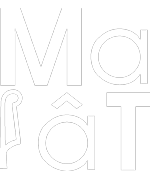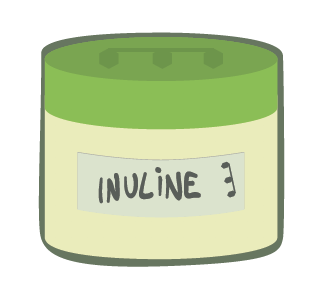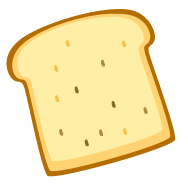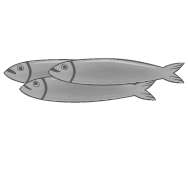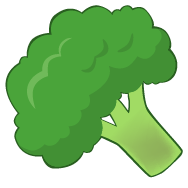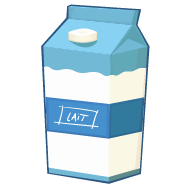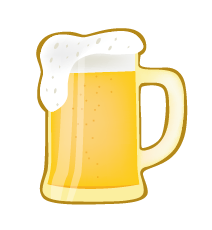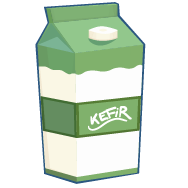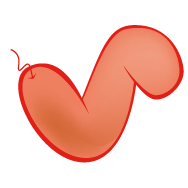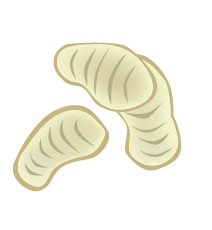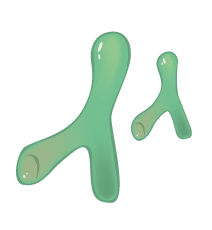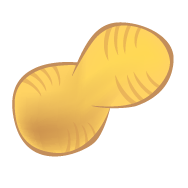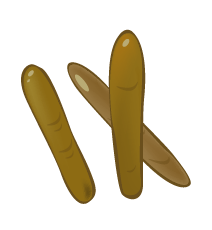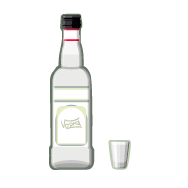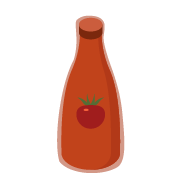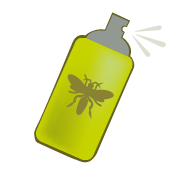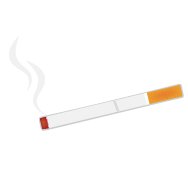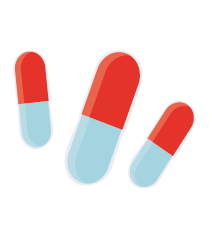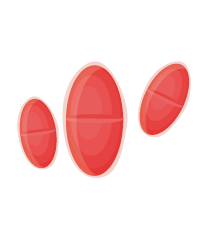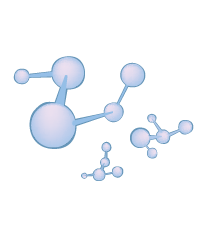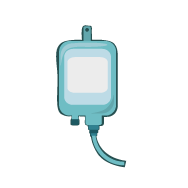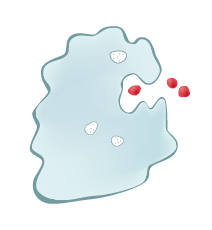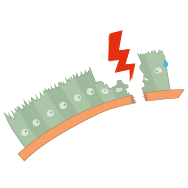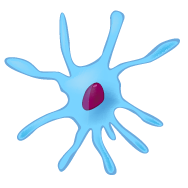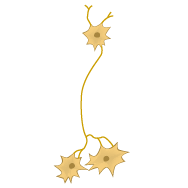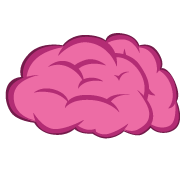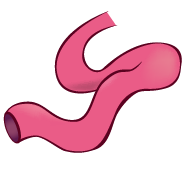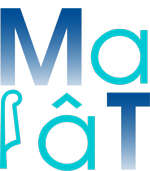The dealer deals 6 cards to each player. The remaining cards are placed face down to form a pile.
The player to the dealer’s left starts. A turn consists of asking a specific player for a specific card from a family.
For example, if it is my turn I might say: ‘Mary, from the prebiotics and foods family: please, may I have the wholemeal bread ?
The player who asks must already hold at least one card from the requested family. If the player who was asked (Mary) has this card in their hand (wholemeal bread from the prebiotics and foods family, in this case) they must give it to the player who asked for it. That player then gets another turn to ask for a card from any player.
If the person asked does not have the right card, they say “pick a card!”. The player must then draw the top card from the pile.
If the card that is drawn is the one asked for, the player shows it and says “lucky dip” and they get another turn. If the card that is drawn is not the one asked for, the player keeps it, and it is now the next player’s turn.

